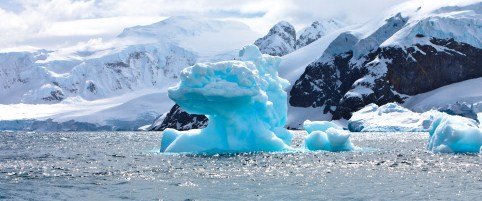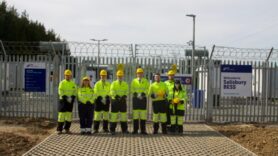Tiny Antarctic marine creatures collected 100 years ago by explorer Captain Scott are giving scientists new clues about climate change.
By comparing present-day specimens with those from Scott’s expeditions, researchers have found the first conclusive evidence of increased carbon uptake and storage by Antarctic marine life.
Scientists examined annual growth bands in skeletons of sea-bed filter-feeding animals called bryozoans, which look like twigs, collected from Antarctica’s Ross Sea during the Census of Antarctic Marine Life.
When compared with specimens from Scott’s expeditions, they found that since 1990, bryozoans grew more rapidly than at any time before. The findings suggest that this new growth is an important mechanism for transferring carbon into the sea bed.
The spurt in growth means that animals reach the size earlier at which ocean currents snap them off. As the animals topple over they bury carbon, therefore increasing the seabed’s potential as a carbon ‘sink’.
Dr Dave Barnes, of the British Antarctic Survey said: “For the first time we’ve been able to use the longest record of animal growth as evidence of rapid recent change to life on the seabed. Scott’s biological collections are considerable in quality and quantity and will continue to become even more valuable for determining how life responds to change across time. Few biological studies in Antarctica go back more than 30 years, so these data are invaluable and highlight the importance of long-term monitoring.”





